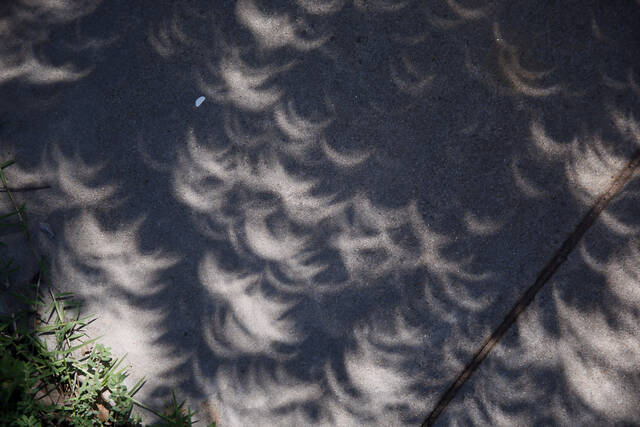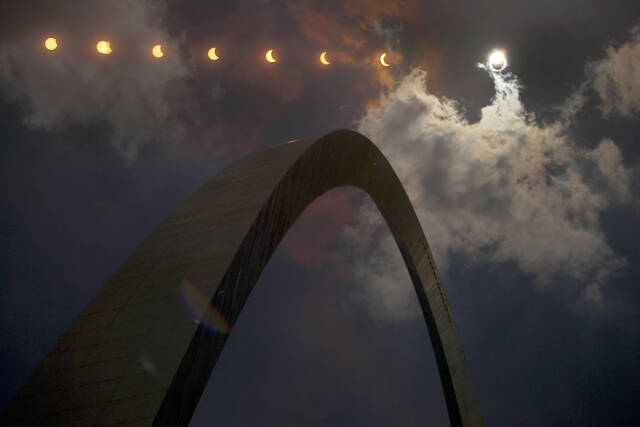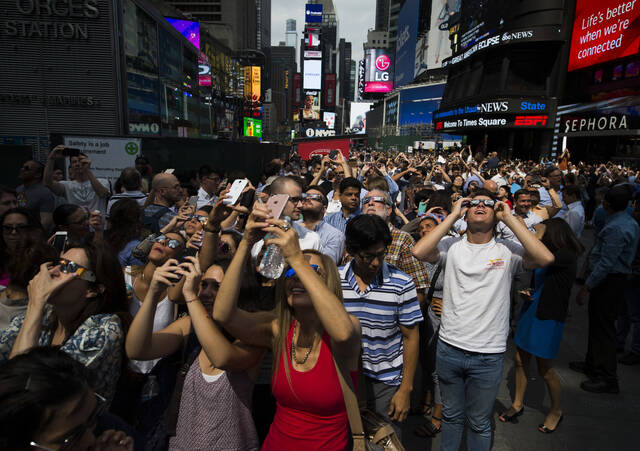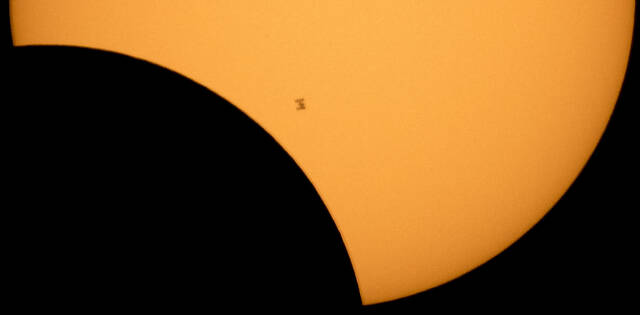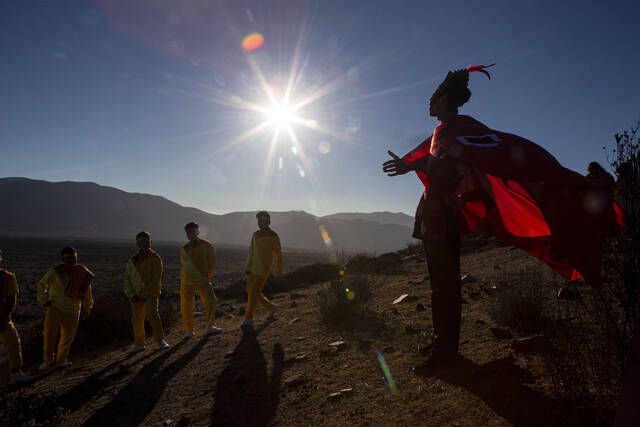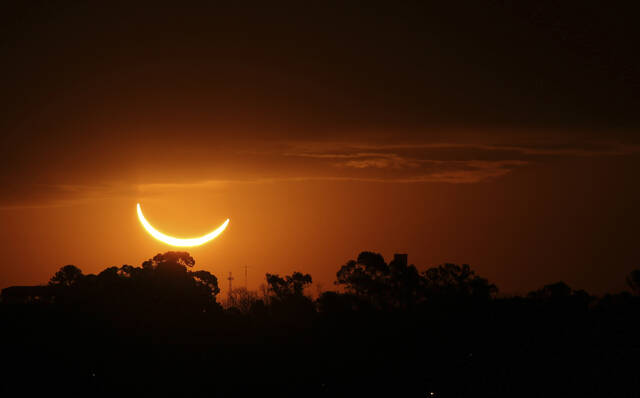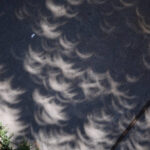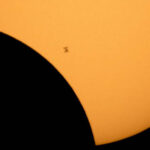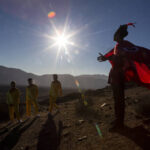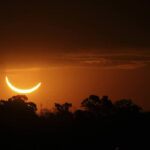The complete shrouding of our sun by the moon has mesmerized humanity for millennia — a moment in time when skies darken and stillness creeps in.
It’s spellbinding not only for the lucky ones in the path of total darkness, but also those on the fringes of the moon’s shadow getting a partial glimpse.
The cosmic curtain is about to rise again on the greatest show on Earth: a total solar eclipse that will dazzle tens of millions as it races across North America.
Day will turn into night as the moon perfectly positions itself between Earth and the sun on April 8, temporarily blocking the sunlight. The eclipse will begin in the Pacific, cross into Mexico and then cut through Texas on a northeasterly path through 15 states before heading out over Canada and the North Atlantic.
Totality will last up to 4 minutes, 28 seconds — enough time for the wonder of it all to soak in, weather permitting.
“The sight of a total solar eclipse is stunning because the most beautiful celestial object — the sun’s corona — is hidden from us all our lives except for the precious moments of totality,” eclipse mapmaker Michael Zeiler said in an email.
Even scientists like NASA’s Kelly Korreck find themselves in awe.
“There might have been tears of joy the first time,” she said. “To actually experience it was just really a powerful, moving experience.”
While full solar eclipses happen every year or two or three, they’re often in remote locations like the Arctic or Antarctica, the southern tip of South America or the Pacific.
The last time totality crisscrossed the U.S. was in 2017, with totality lasting 2 1/2 minutes. After April, it won’t happen again until 2045, but get set for six full minutes of totality.


